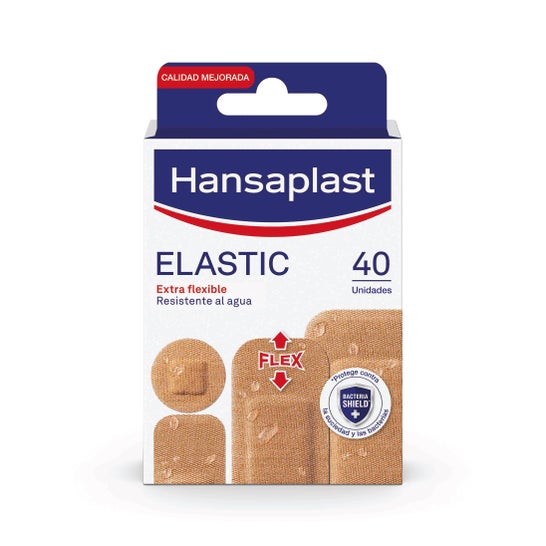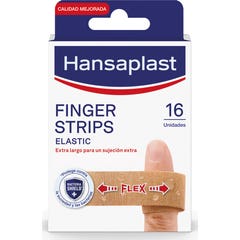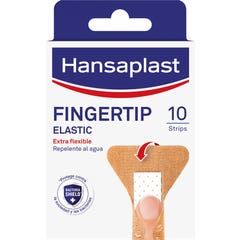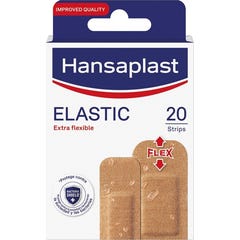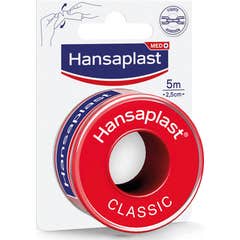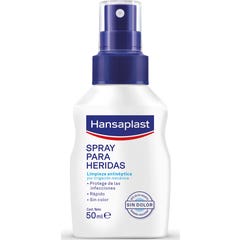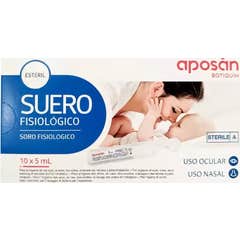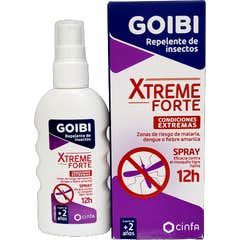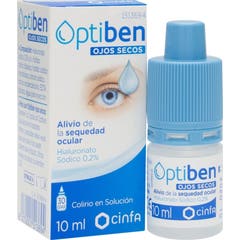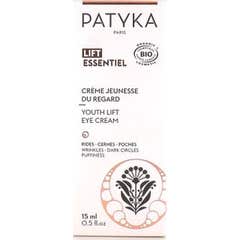Hansaplast Elastic Bandages 4 Sizes 40pcs are elastic patches designed to adapt to the patient's movement. They do not lose their ability to adhere and do not leave adhesive traces on the skin.
These bandages allow for breathability and prevent any other skin injury. They provide effective protection, as:
- They protect wounds: from dirt and any external agents that could become a problem for you.
- Elasticity: due to the raw material of the patch, they are elastic and allow for mobility.
- Water resistance: you can bathe with them.
- Absorbent gauze: they have absorbent gauze in the center that allows for the reception of possible wound secretions, without allowing any liquid spillage.
- Protection against bacteria: they prevent any bacteria or germ from entering the wound.

